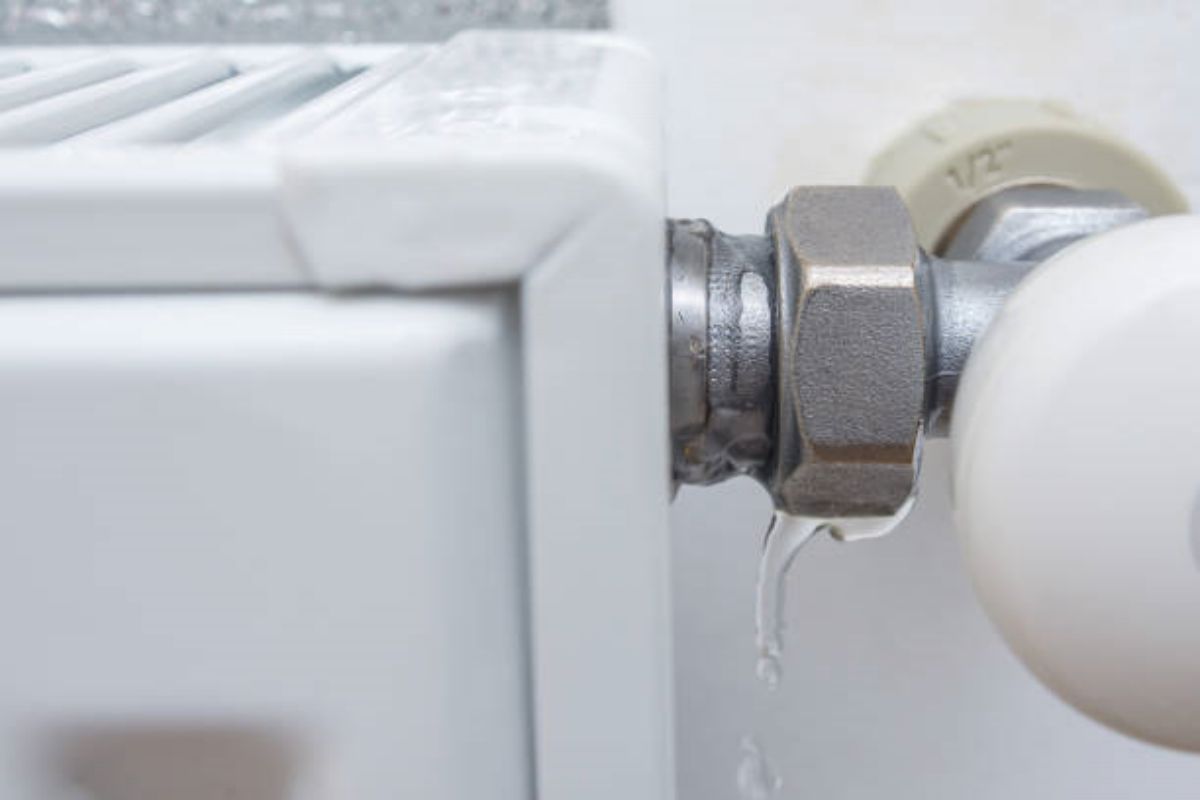Understanding the Causes and Dangers of a washing machine water valve leak
A washing machine water valve leak can be a frustrating and potentially costly problem for homeowners. This article aims to provide a comprehensive guide on how to fix this issue, covering various aspects such as the causes, dangers, and potential solutions. By understanding the underlying reasons and taking prompt action, you can prevent further damage and ensure the efficient functioning of your washing machine.
Identifying a Washing Machine Water Valve Leak
Before we delve into the solutions, it is crucial to be able to identify a washing machine water valve leak. Common signs include water pooling near the machine, dampness or water stains on the wall behind the machine, or a constant drip from the water supply line. If you notice any of these indicators, it is essential to take immediate action to prevent further damage.
Causes of a Washing Machine Water Valve Leak
Several factors can contribute to a washing machine water valve leak. One common cause is a faulty or worn-out valve. Over time, the constant flow of water can lead to wear and tear, resulting in leaks. Additionally, high water pressure can also put excessive strain on the valve, causing it to leak. Another potential cause is improper installation or loose connections, which can allow water to escape from the valve.
The Dangers of Ignoring a Washing Machine Water Valve Leak
While a small leak may seem insignificant, ignoring a washing machine water valve leak can lead to significant problems. Firstly, it can cause water damage to your laundry room or adjacent areas, potentially resulting in mold and mildew growth. Moreover, a leaking valve can lead to increased water consumption and higher utility bills. Lastly, if left unaddressed, it can cause irreversible damage to the washing machine itself, leading to costly repairs or replacement.
Steps to Fix a Washing Machine Water Valve Leak
Fixing a washing machine water valve leak can often be a simple task that can be done without professional help. Here are the steps to resolve this issue:
1. Turn off the Water Supply
Before attempting any repairs, it is crucial to turn off the water supply to the washing machine. Locate the shut-off valve, usually found near the wall, and turn it clockwise to stop the flow of water.
2. Inspect the Valve
Once the water supply is turned off, visually inspect the valve for any visible signs of damage or loose connections. Look for cracks, corrosion, or worn-out seals that may be causing the leak. If any of these issues are present, proceed to the next step.
3. Replace the Valve
If the valve is damaged or worn-out, it is necessary to replace it. Start by disconnecting the water supply line from the valve using an adjustable wrench. Then, remove the faulty valve and replace it with a new one. Make sure to tighten the connections properly to prevent future leaks.
4. Check Water Pressure
High water pressure can contribute to a washing machine water valve leak. Use a pressure gauge to measure the water pressure in your home. If it exceeds the recommended limit (usually between 40-60 psi), consider installing a pressure regulator to prevent future valve leaks.
5. Test for Leaks
Once the new valve is installed and all connections are secure, turn on the water supply and check for any leaks. Allow the washing machine to fill with water and run a short cycle to ensure that the leak has been successfully resolved.
Preventing Future Washing Machine Water Valve Leaks
Prevention is always better than cure, and the same applies to washing machine water valve leaks. Here are some tips to prevent future leaks:
1. Regularly Inspect the Valve
Periodically inspect the valve for any signs of wear and tear. Look for cracks, corrosion, or loose connections. Taking prompt action at the first sign of damage can save you from more significant problems later on.
2. Monitor Water Pressure
Keep an eye on the water pressure in your home. If it consistently exceeds the recommended limit, consider installing a pressure regulator to protect your washing machine water valve and other plumbing fixtures.
3. Replace Worn-out Seals
If you notice any worn-out seals or gaskets during your inspections, replace them promptly. These small components play a crucial role in preventing leaks and ensuring the optimal performance of your washing machine.
4. Avoid Overloading the Machine
Overloading the washing machine can put excessive strain on the water valve and other components. Follow the manufacturer's guidelines regarding load capacity to prevent unnecessary stress on the valve.
Conclusion
A washing machine water valve leak can be a troublesome issue, but with the right knowledge and prompt action, it can be resolved effectively. By understanding the causes, dangers, and steps to fix and prevent future leaks, you can ensure the long-term functionality of your washing machine and avoid costly repairs. Remember to always prioritize safety and, if necessary, consult a professional plumber for assistance.

